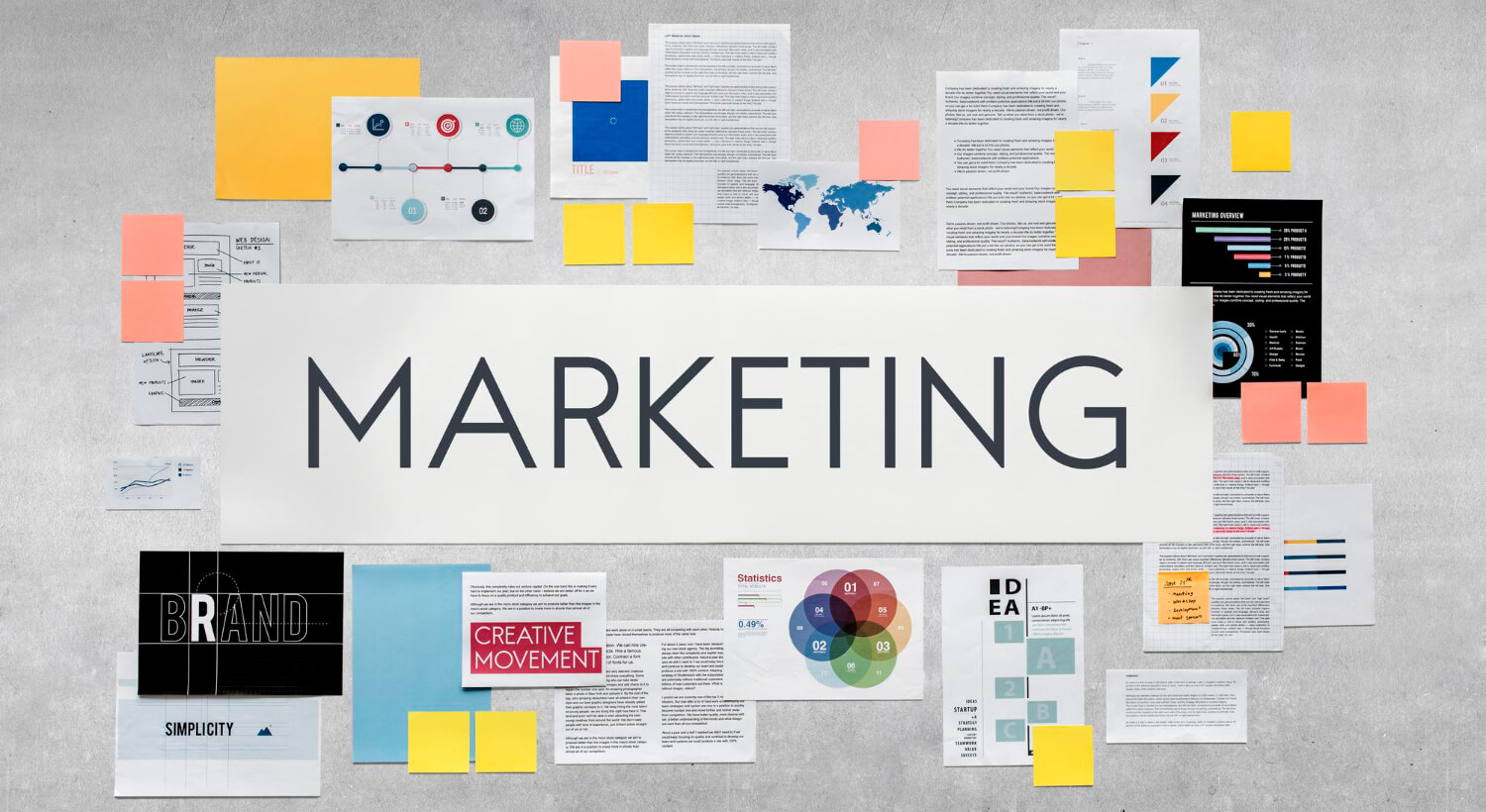Website Design and SEO
Search engines all have an algorithm that determines what the site is about, and which…
Our content is reader-supported. Things you buy through links on our site may earn us a commission
Never miss out on well-researched articles in your field of interest with our weekly newsletter.

Search engines all have an algorithm that determines what the site is about, and which…

One of the world’s foremost marketers is John Kremer. An Internet authority and award-winning author…
Michael Stelzner, Founder of Social Media Examiner, has just released the 2012 report on the…

Some of the best and biggest viral videos are the result of careful marketing plans.…
Many times, survey questions are inherently designed to give unclear or less meaningful information. Familiarize…

Common survey question types and examples include Multiple choice questions, Rank order scale questions, Rating…

The way you design your questions will certainly affect the way the questions are answered.…

Clearly articulate the goals of your survey. Answer these questions before you even start. With…
One very quick and easy way to tap into the core of what your customers…

One of my recent clients, BreathalEyes LLC, just launched a smartphone app (for your iPhone)…

Brand loyalty is basically a scenario whereby a customer will always choose one brand over…

Google Plus Pages, the online rival to Facebook, has created a guide that will walk…

Social Media Examiner is "the world’s largest online social media magazine ... designed to help…
Like any organization, nonprofits should view their website as a potential ‘conversion machine’. Here are…

A compelling list of 30 provocative questions companies ought to ask about their marketing, and…

Although there's no way that one simple formula could work for everyone, getting great PR…